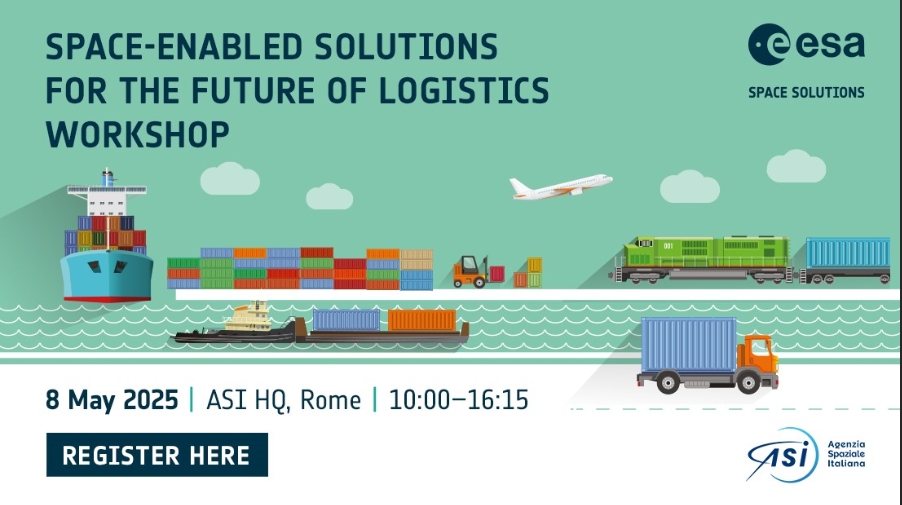Digital Twins are virtual representations of physical systems or processes that use real-time data and modelling techniques to replicate, analyse and optimise operations. First conceived by NASA in the 1970s to support space missions, Digital Twins are now fully virtual, enabling the simulation of logistics systems, from a single asset to entire supply chains, in a digital environment.
Initially developed as basic digital replicas of physical assets, Digital Twins have since evolved into advanced platforms capable of simulating, monitoring, and optimising complex logistics operations in real-time. By integrating data from IoT sensors, platforms and users, and thanks to the use of new technologies such as Artificial Intelligence (AI), big data analytics, and cloud computing, Digital Twins provide insight into actual system performance, enabling diagnostics, scenario testing, performance optimisation and responsiveness in logistics operations without the risks and costs of testing in the physical world.
Digital Twins are enablers of the Physical Internet, providing a practical path to greater interoperability, efficiency, resilience and automation in logistics networks.
Objectives of the ALICE Digital Twins Community
The ALICE Digital Twins Community aims to build shared knowledge and foster collaboration among logistics stakeholders to accelerate the adoption and maturity of Digital Twin technologies. Our priorities include:
- Promoting a proactive, data-driven culture in logistics through the use of digital modelling.
- Supporting the classification and benchmarking of Digital Twins through a maturity framework.
- Facilitating the use of reusable Digital Twin models and platforms across logistics operations.
- Coordinating with related groups, in particular the ALICE AI group, to explore joint applications in automation and optimisation.
The ALICE Digital Twins Community activities
- Documentation repository: Central access to relevant models and data sources, with selected assets available to the ALICE Member community.
- Digital Twin model repository: A shared space for documenting Digital Twin examples, including data inputs, applied standards, sensor integration, core functionalities, indicators, and analytics approaches.
- Classification framework: A reference structure for categorising digital twins by maturity level, illustrated with real-world examples.
- Knowledge sharing activities: Webinars, workshops and publications presenting case studies, results, and emerging practices.
How ALICE Members can contribute
- All members: Share digital twin experiences, including both successes and support the development of the framework.
- Shippers, freight forwarders and logistics companies: Identify operational challenges that digital twins could help address.
- Technology providers and model developers: Present capabilities, share technical approaches, and propose collaboration models.
More information
Join the Digital Twins Knowledge Platform Group (exclusive to ALICE members) for deeper collaboration, knowledge sharing and project development opportunities.
Related news
Related events
All ALICE Digital Twins related past events, news and documents

